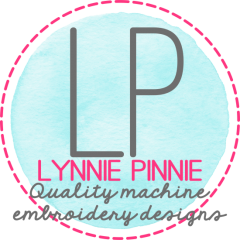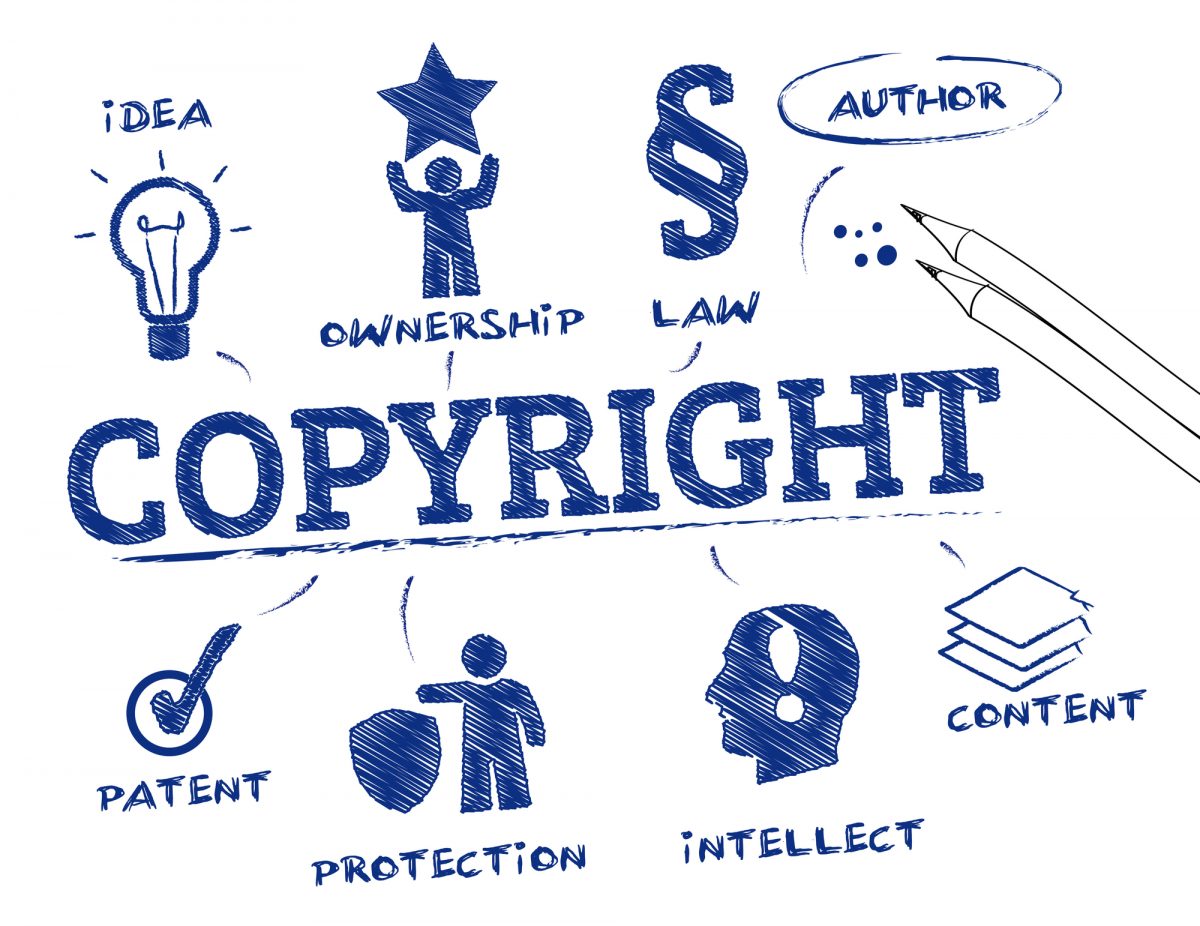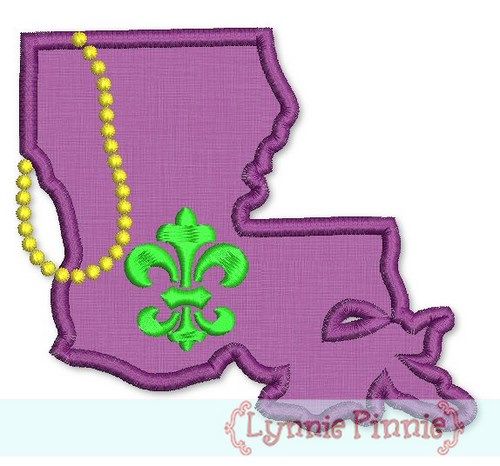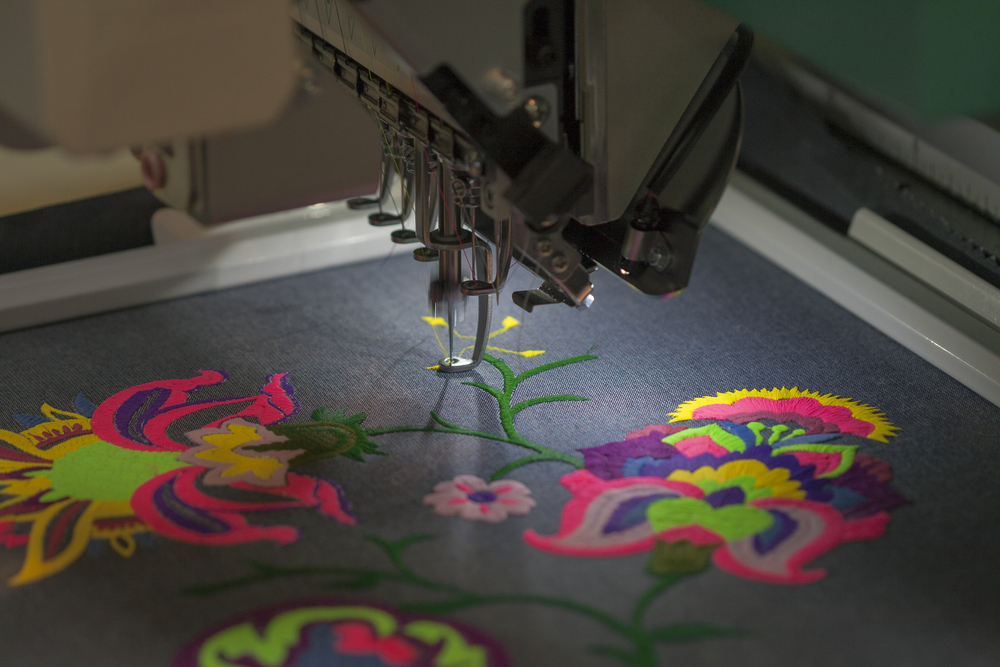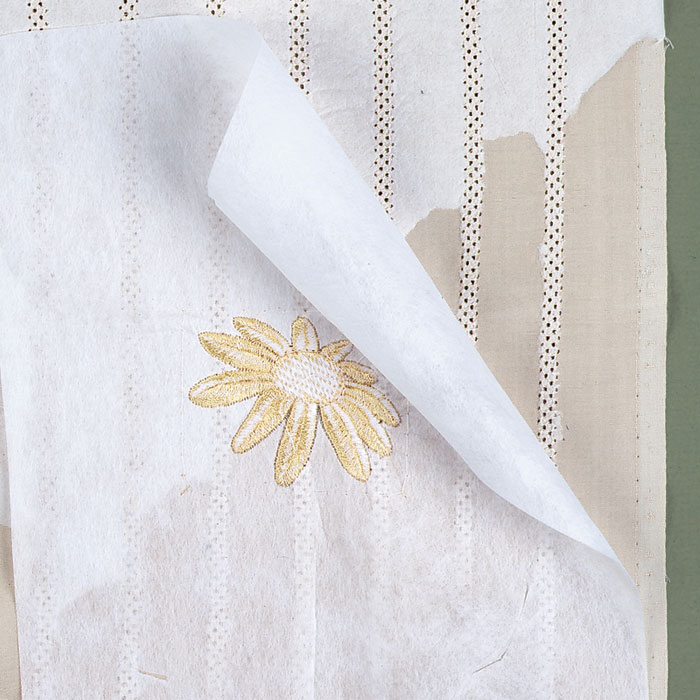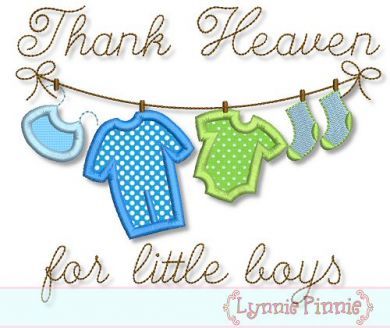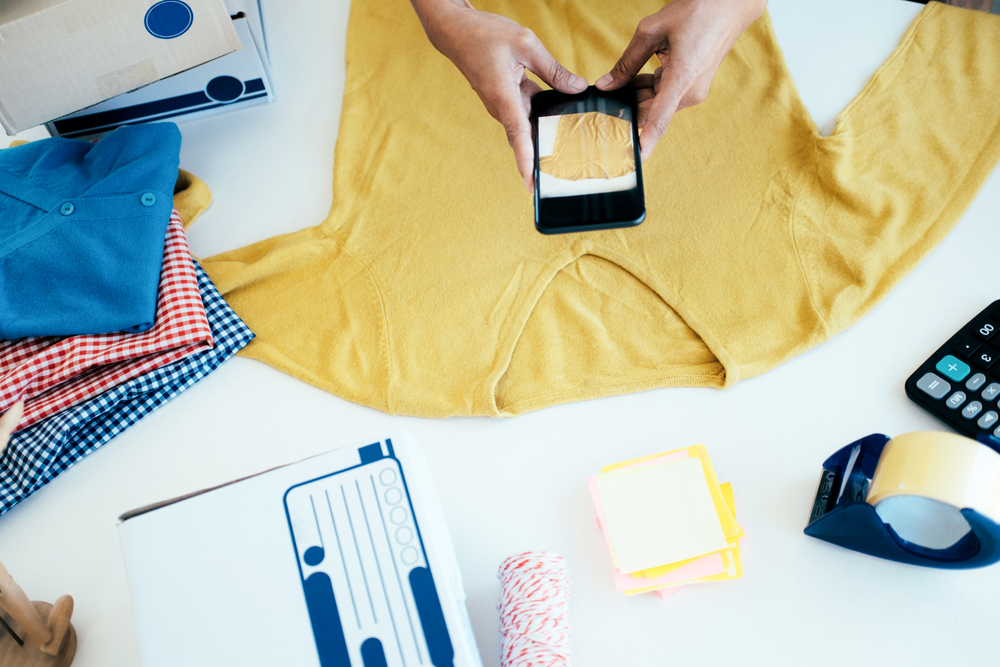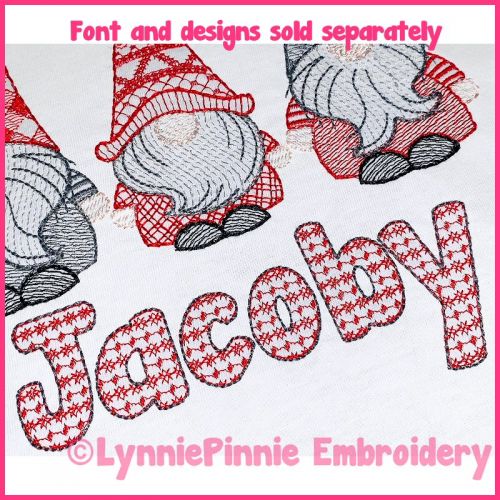If you’ve been in the world of machine embroidery for any length of time, you’ve probably heard at least one story about a company who was using and selling items with designs which they didn’t have the rights to use, and who was caught. Maybe it’s the story of the day care that had a mural painted using Disney characters and was sued. Maybe it’s the screen print shop using an NFL team’s logo who had their merchandise seized. Copyright is a huge issue, and violating a copyright can have big, and expensive consequences. Even if you think your business is small, and using a design you don’t have the right to use won’t be noticed, or even if you believe one of the myths about copyright that are floating around the industry, the hard fact is that using a design to which you don’t have the rights can mean fines, jail time and even the loss of your business. To make sure you stay on the right side of the copyright issue, you need to know the facts.
The first fact to know is that sharing designs is illegal. Even if you legally bought the design and the rights to use it, posting it in a group for others to download, or sharing it with friends so they can use it is breaking copyright and against the law. So all those Facebook groups or design sharing sites you might find online are essentially full of criminals. The bottom line is this: if you didn’t pay for the design and purchase the rights to use it, then you have no right to use it, and you’re breaking the law if you do. You’re also stealing income from the person who made the design. So just don’t do it.
Let’s talk for a moment about what is meant when we talk about “rights”. When you legally purchase a design from a designer, they grant you certain rights in regard to how the design can be used, whether it can be used on items which you sell and other provisions regarding the design. LynniePinnie’s terms of use are pretty standard detailing what you may and may not do with the designs you purchase, and even with the associated images. Staying within these guidelines means you’re using the designs as intended. Straying outside them means you’re breaking the law.
You should also be aware that a lot of the myths about copyright that are heard often around the industry are not true. There is no percentage rule that allows you to change a copyrighted design by that percentage to avoid violating copyright. There is also no avoiding copyright issues if you are creating something for your own use and not for sale. Most design licenses will specify how the design can be used, some may authorize use on items which will be sold, other designs may specify for personal use only and not for sale items. Basically, the safest thing to do is to legally buy the design and follow the terms of use as specified by the design creator.
Finally, if you’re wondering if you can also if you can trademark the position and arrangement of the designs you purchase on a piece of clothing, the short answer is yes. In Star Athletica v. Varsity Brands the Supreme Court ruled that two dimensional designs on the surface of clothing are protectable by copyright. This includes combinations, positioning and arrangements of shapes, colors and lines.
Obviously, this is a very basic overview or copyright law and what it entails. If you would like more information on this issue, this article by Gordon Firemark, a lawyer in Los Angeles who deals extensively with this issue, is a good place to start. As a general rule, however, the easiest way to avoid infringing on a copyright is to legally purchase all the designs you use and to be aware of the terms of use for those designs.
